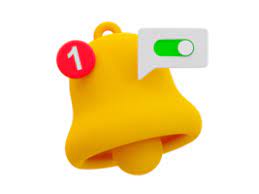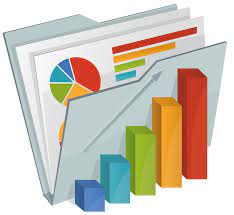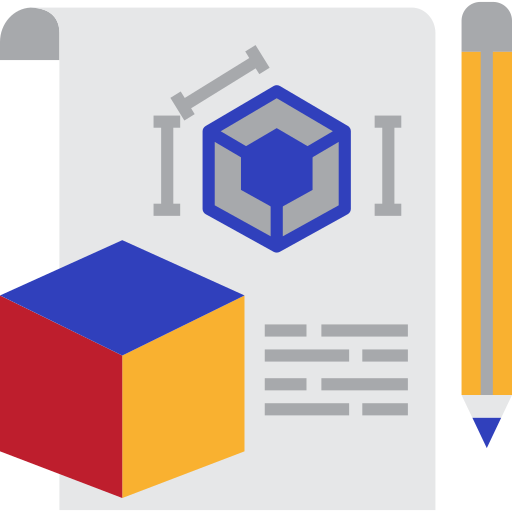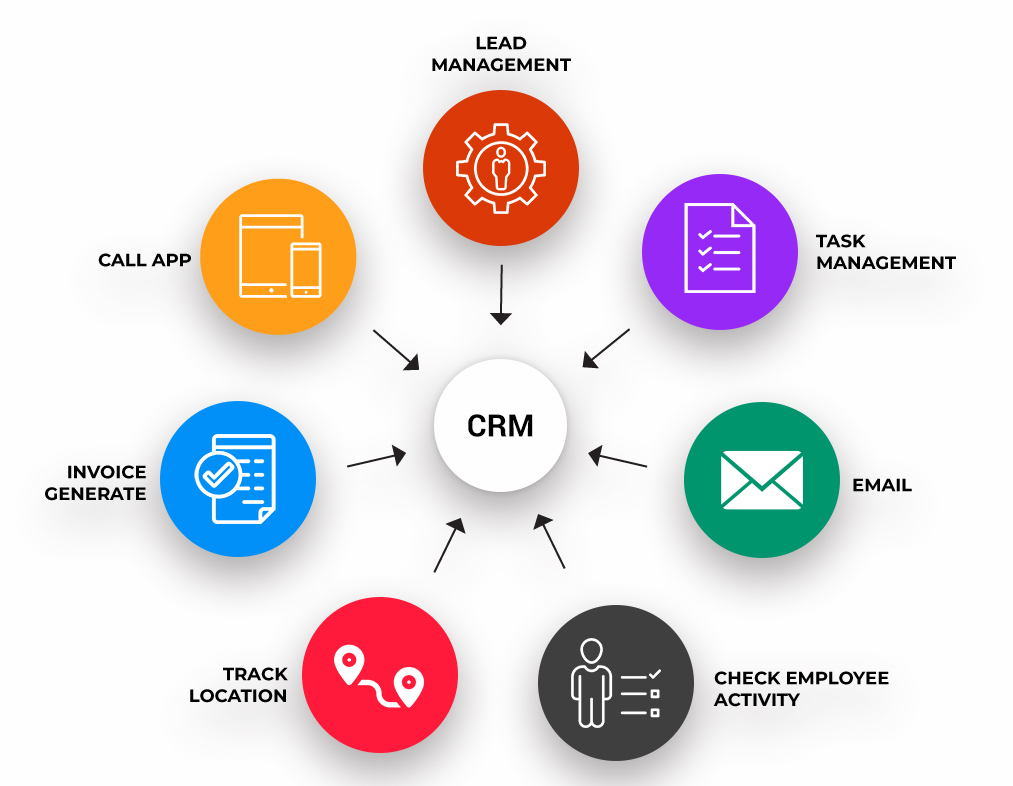Effective inventory management systems play a critical role in enhancing efficiency and control within organizations. By implementing such systems, businesses can streamline their operations, optimize resource allocation, and reduce costs associated with inventory management.

Embracing Wellness and Enhancing Radiance Health and beauty are intricately connected, that contributes to overall well-being. When we prioritize our health through proper nutrition, regular exercise.

Consumer products are goods that are purchased and used by individuals for personal consumption.They encompass a wide range of items,electronics,clothing, home appliances, beauty.

The automotive industry is a dynamic sector that encompasses the design, manufacturing, and distribution of vehicles. From cars and trucks to motorcycles and commercial vehicles.
Inventory management software is a software system for tracking inventory levels, orders, sales and deliveries. It can also be used in the manufacturing industry to create a work

Get notified when a stock, purchase orders, suppliers are added or updated!

Manage stock/product reviews. Reviews can be deleted, approved and uploaded easily.

Customized solutions can be shared as per the particular requirements. Get specific needs personalized..

Stocks & Purchase Orders listing viewed through widgets. Get them on Android & Apple watch!

Avail with report charts on region wise stock, product orders that are best sellers and others.

Customers’ stocks are managed efficiently with accurate approach and transparent communication.

Get barcode scanner support to update stock inventory directly to the warehouse!

Generate stocks & orders shipments with appropriate details & number of stock to be shipped. In Sales Order, we can add/define warehouse!
The system provides real-time visibility into inventory levels, allowing businesses to accurately track stock quantities, locations, and movement.
The system centralizes all inventory data and information in one place, making it easy to access, manage, and analyze inventory across multiple locations or warehouses.
The system automates the reordering process by setting up reorder points or minimum stock thresholds. It generates purchase orders or notifications when inventory reaches a specified level, ensuring timely replenishment.
The system integrates with barcode or RFID technology to streamline inventory tracking, improve accuracy, and speed up processes such as receiving, picking, and stock counting.
The system generates comprehensive reports and analytics on inventory performance, stock turnover, stockouts, and other key metrics. It helps businesses identify trends, make data-driven decisions, and optimize inventory management strategies.
The system calculates the value of inventory based on various costing methods (FIFO, LIFO, weighted average) and provides accurate cost information for financial reporting and decision-making purposes.

Low Inventory Alerts: The system can send notifications or alerts when inventory levels
fall below a predefined threshold, prompting timely action for reordering or replenishment.
Reorder Reminders: The system can automatically send reminders or notifications to
responsible personnel when it's time to reorder products based on predefined reorder points or
minimum stock levels.
Order Fulfillment Updates: The system can send notifications to customers or internal
stakeholders to provide updates on order fulfillment, including order confirmation, shipment
tracking details, and delivery status.

Customer management refers to the practices and strategies businesses use to effectively attract,
engage, and retain customers. It involves various activities and processes aimed at building
strong relationships with customers, understanding their needs, and providing exceptional
customer experiences. Here are some key aspects of customer management:
Customer Acquisition: Businesses implement marketing and sales strategies to attract new
customers. This involves identifying target audiences, creating effective marketing campaigns,
and utilizing various channels to reach potential customers.
Customer Engagement: Once customers are acquired, businesses focus on engaging them
through personalized interactions, excellent customer service, and tailored experiences. This
includes responding to inquiries, addressing concerns, and providing timely support.
Customer Relationship Management (CRM): CRM systems are used to effectively manage
customer data, interactions, and relationships. These systems track customer interactions,
purchase history, preferences, and other relevant information to enable personalized
communication and targeted marketing.

Scanning Technology: Barcode scanners use various technologies, such as laser, LED, or
image-based scanning, to capture barcode data. These scanners emit a beam of light or use a
camera to read the barcode and convert it into a digital format.
Barcode Compatibility: Barcode scanners are designed to read different types of barcodes,
including linear barcodes (such as UPC and EAN) and 2D barcodes (such as QR codes and Data
Matrix codes). They can decode the information encoded in the barcode, which may include product
details, pricing, or inventory data.
Wireless and Wired Connectivity: Barcode scanners can be wireless, using technologies
like Bluetooth, or wired, connecting directly to a computer or POS system via USB or other
interface options. Wireless scanners offer mobility and flexibility in scanning, while wired
scanners ensure a stable and reliable connection..